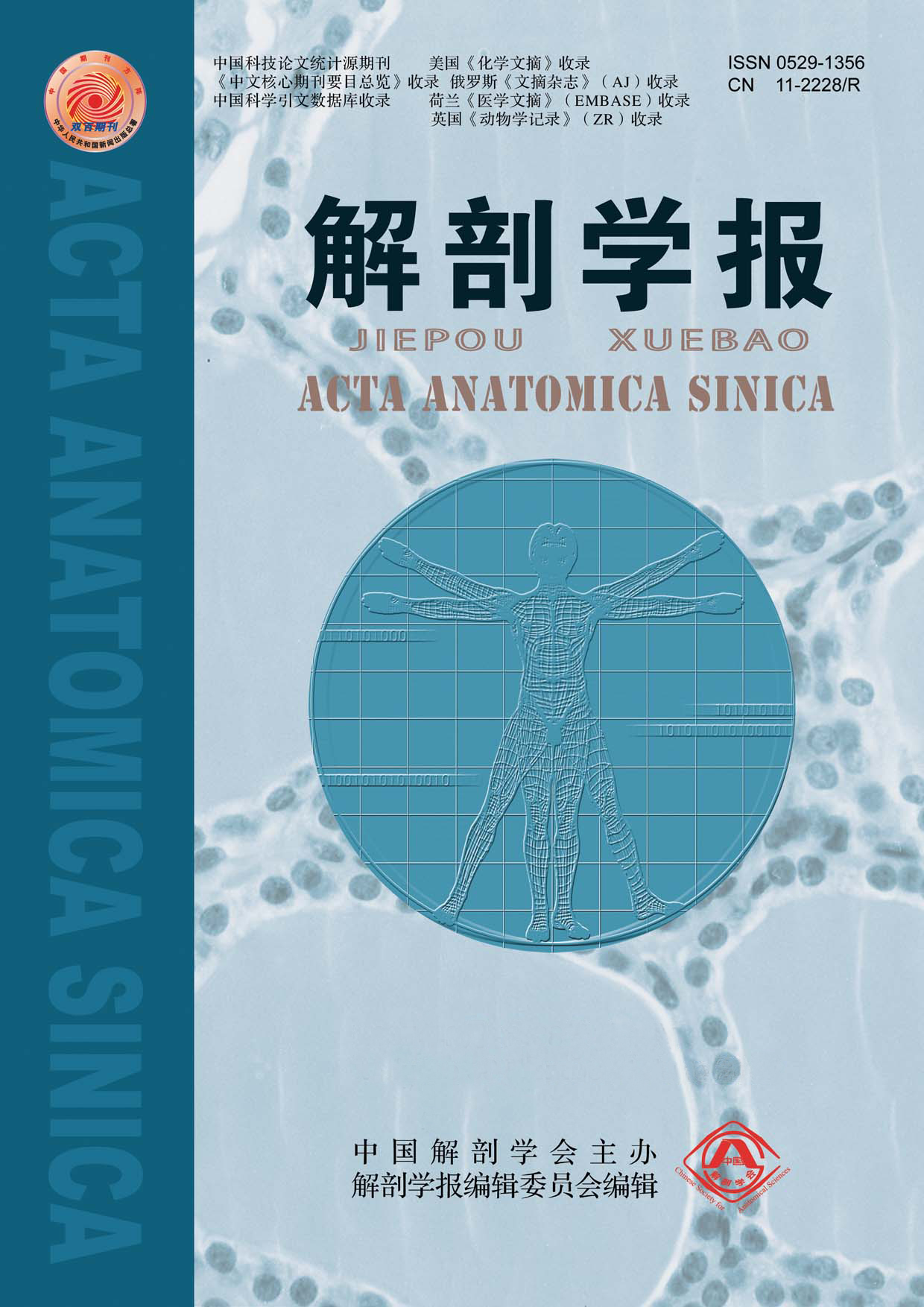Objective To investigate the effect of 1 μmol/L and 10 μmol/L all trans retinoic acid (ATRA) on bone morphogenetic protein 9 (BMP9) - induced maturation and differentiation of hepatic progenitor cells. Methods BMP9, BMP9 + 1 μmol/L ATRA and BMP9 + 10 μmol/L ATRA acted on HP14-19, respectively. The expression of albumin-drive gussid(LAB-Glus) was detected by luciferase reporter gene. The mRNA levels of ALB, cytokeratin 18(CK18), tyrosine aminotransferase(TAT), apolipoprotein B(ApoB) were detected by Real-time PCR. The expressions of ALB and uridine diphosphate glucuronosyltransferase 1A(UGT1A) were detected by immunofluorescence. Periodic acid-schiff(PAS) staining and indocyanine green(ICG) uptake assay were used to detect the metabolism and glycogen synthesis of hepatocytes. Real-time PCR and Western blotting were used to detect the expression of retinoic acid receptor(RAR)α, RARβ、RARγ and BMP9 signal related molecules Samd1, Samd 5 and Samd 8. Ad-siRARα、Ad-siRARβ、Ad-siRARγ infected cells were treated with BMP9+10 μmol/L ATRA, the cell morphology and PAS staining result were observed,the mRNA levels of ALB, CK18, TAT and ApoB were detected by Real-time PCR. Results BMP9 could significantly induce the maturation and differentiation of HP14-19 cells. The morphology of HP14-19 cells looked like polygonal paving stone. The expressions of ALB, CK18, ApoB and UGT1A were significantly up-regulated. Some cells had the function of metabolic detoxification and glycogen synthesis. Compared with the BMP9 group, BMP9+1 μmol/L ATRA group had more mature morphology and larger volume. The expressions of Alb, CK18, ApoB and UGT1A were up-regulated significantly (P<0.05). The number of ICG and PAS positive cells increased. Compared with the BMP9+1 μmol/L ATRA group, BMP9 + 10 μmol/L ATRA group showed long spindle, spindle and polygonal shapes, and the expression of hepatocyte related markers decreased, and the number of ICG and PAS positive cells decreased. ATRA(1 μmol/L) significantly increased the expression of RARα, RARβ and RARγ. Compared with the 1 μmol/L ATRA group, 10 μmol/L ATRA group only increased the expression of RARα. BMP9 did not affect the expression levels of Samd1, Samd5 and Samd8, but up-regulated their phosphorylation. Ad-siRARα could improve cell morphology and PAS staining induced by 10 μmol/L ATRA, while increased the expression of Alb and CK18(P<0.05). Conclusion ATRA(1 μmol/L) can promote the maturation and differentiation of hepatic progenitor cells(HPCs) induced by BMP9, while 10 μmol/L ATRA can weaken the differentiation of hepatic progenitor cells. Excessive ATRA may over activate RARα signal to affect the differentiation of hepatic progenitor cells.


